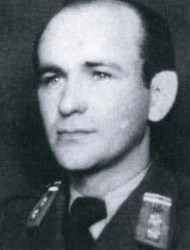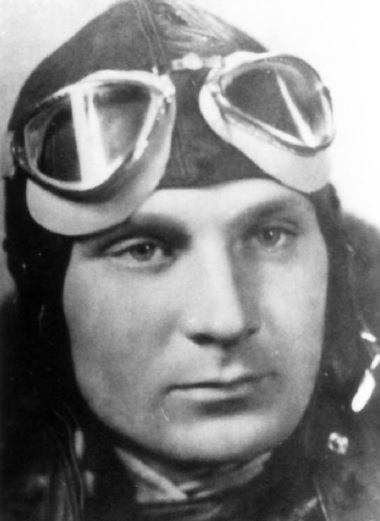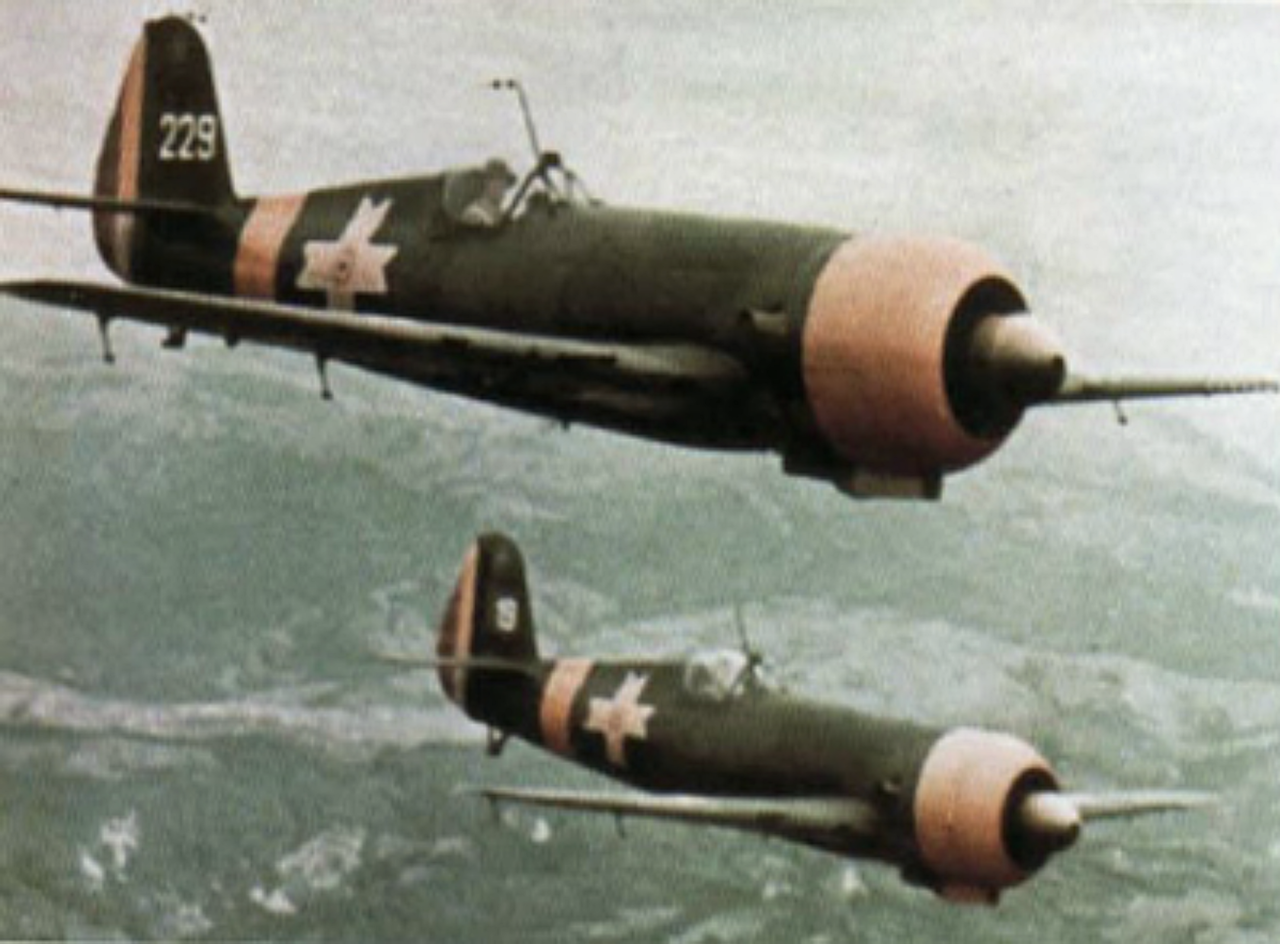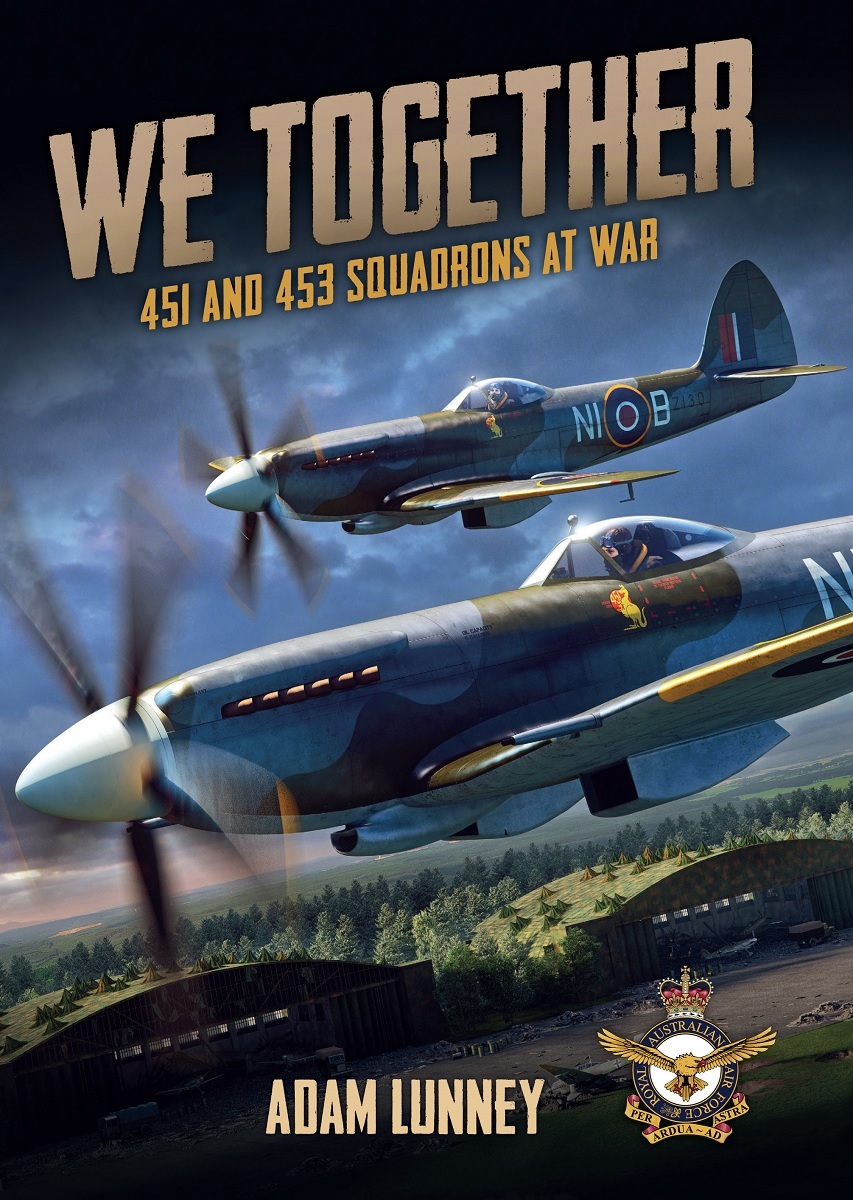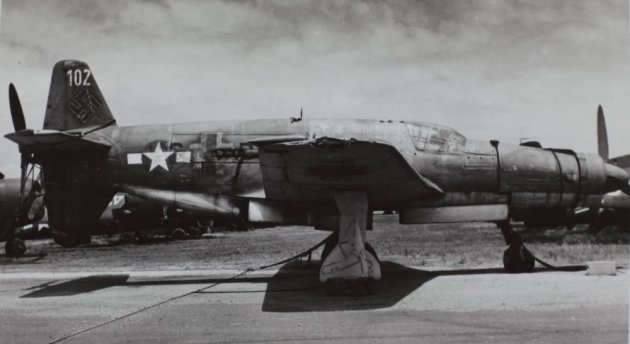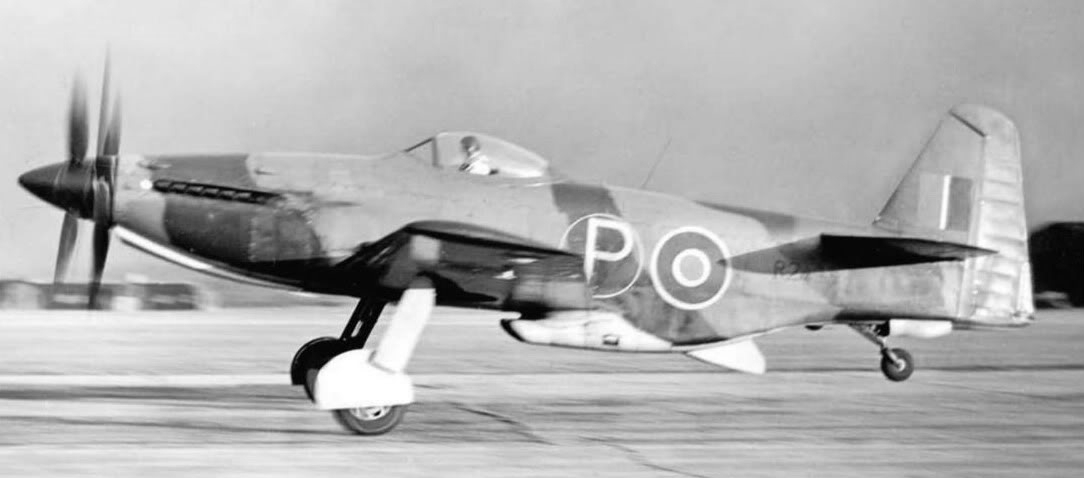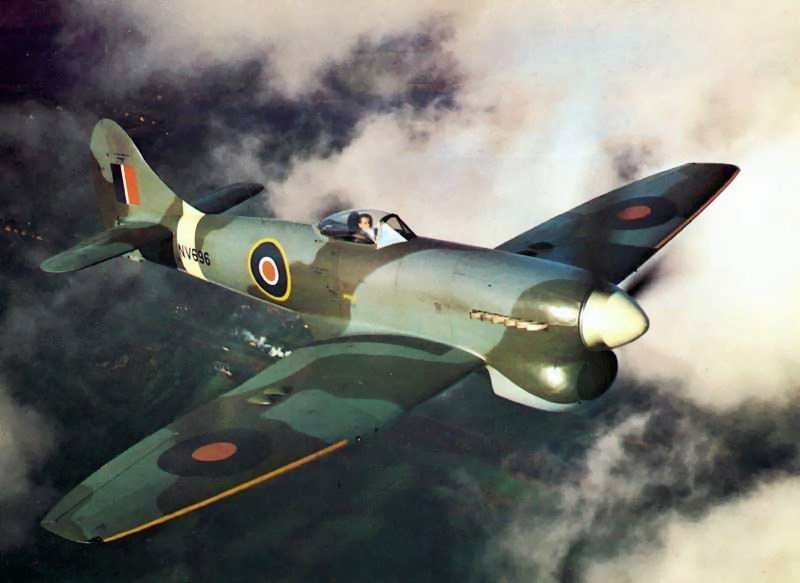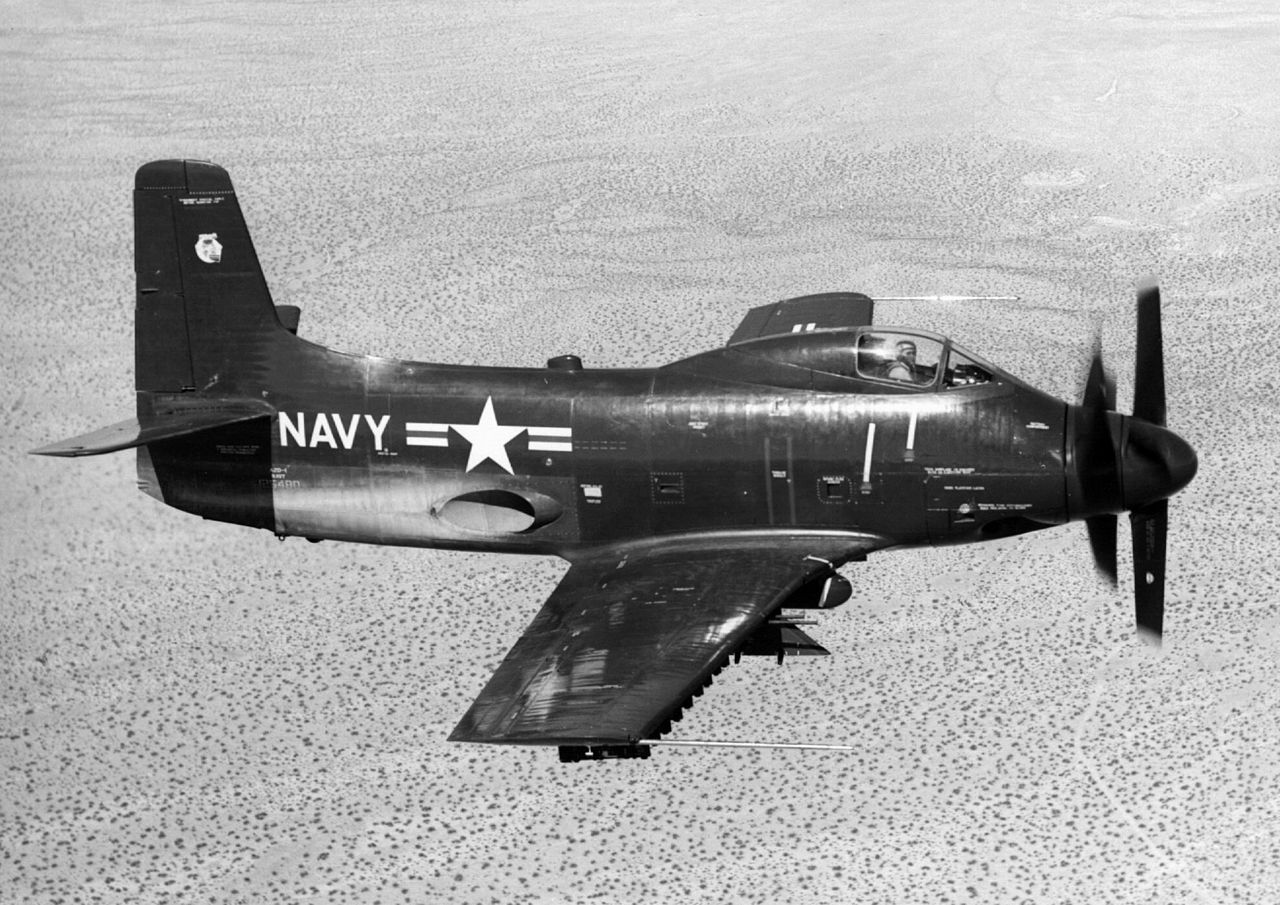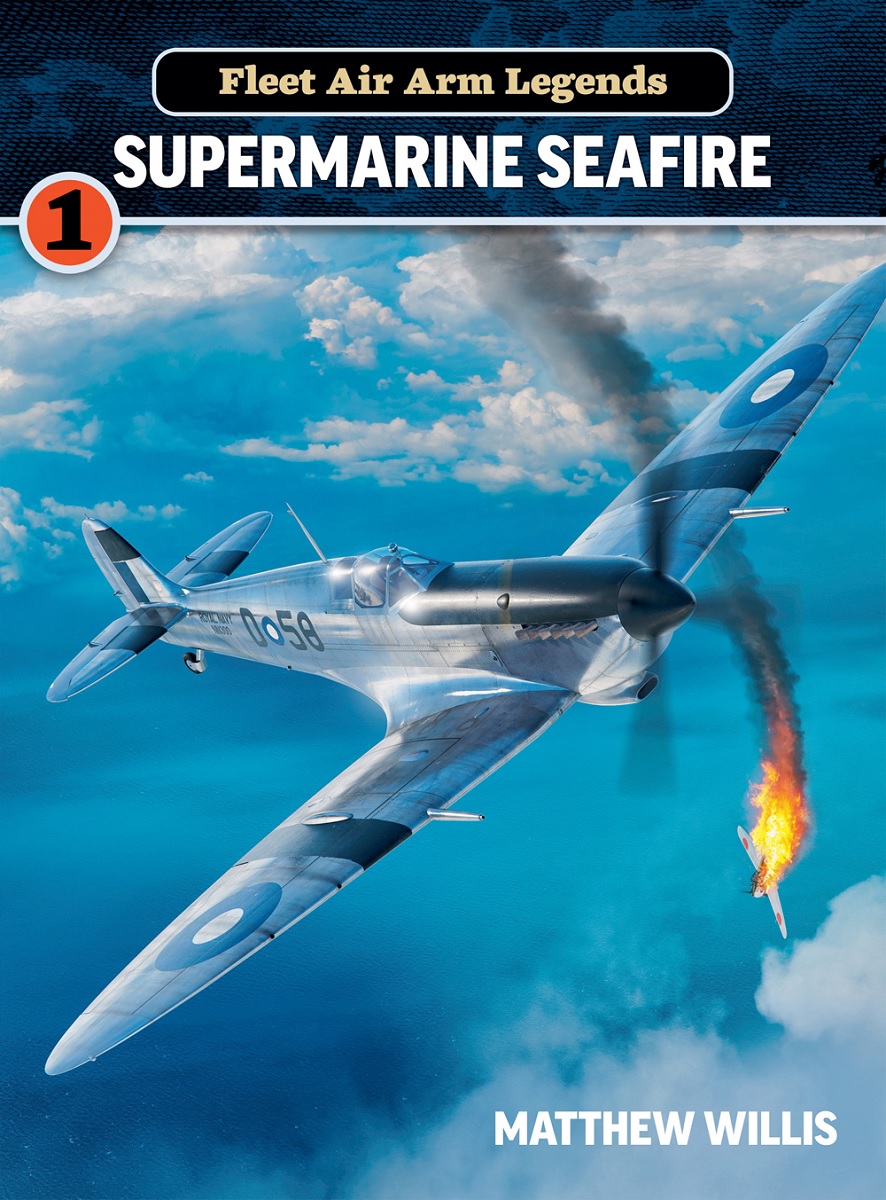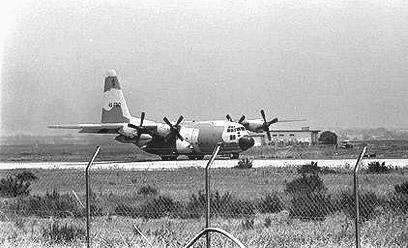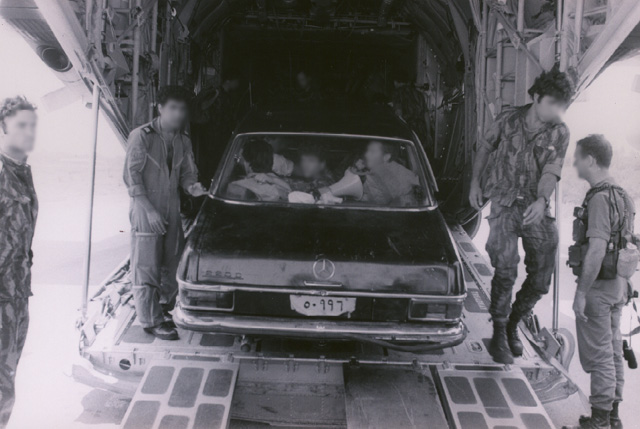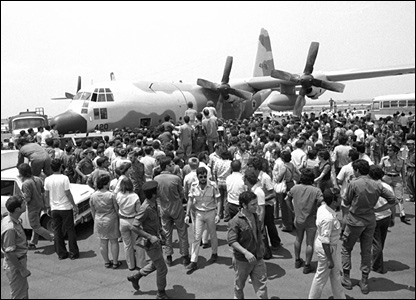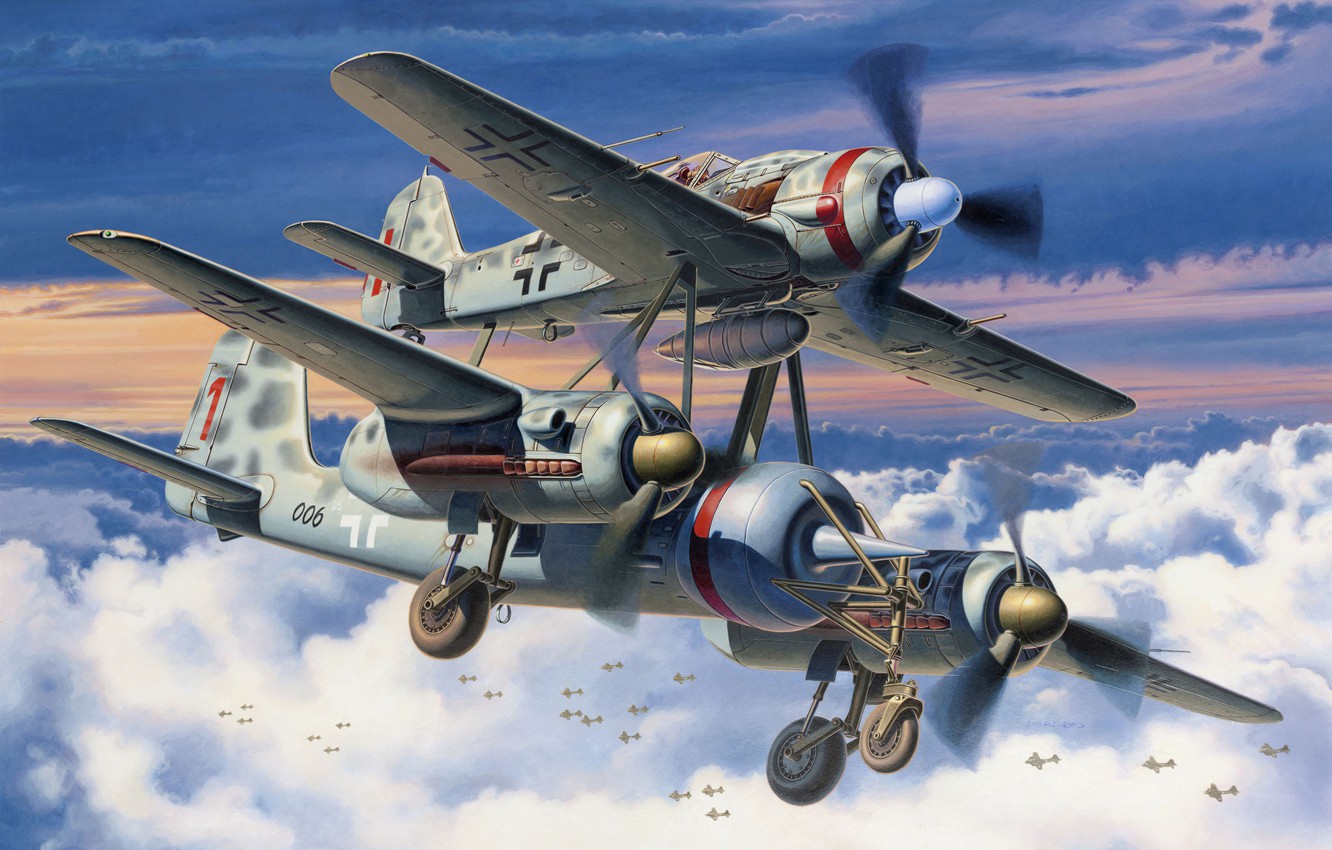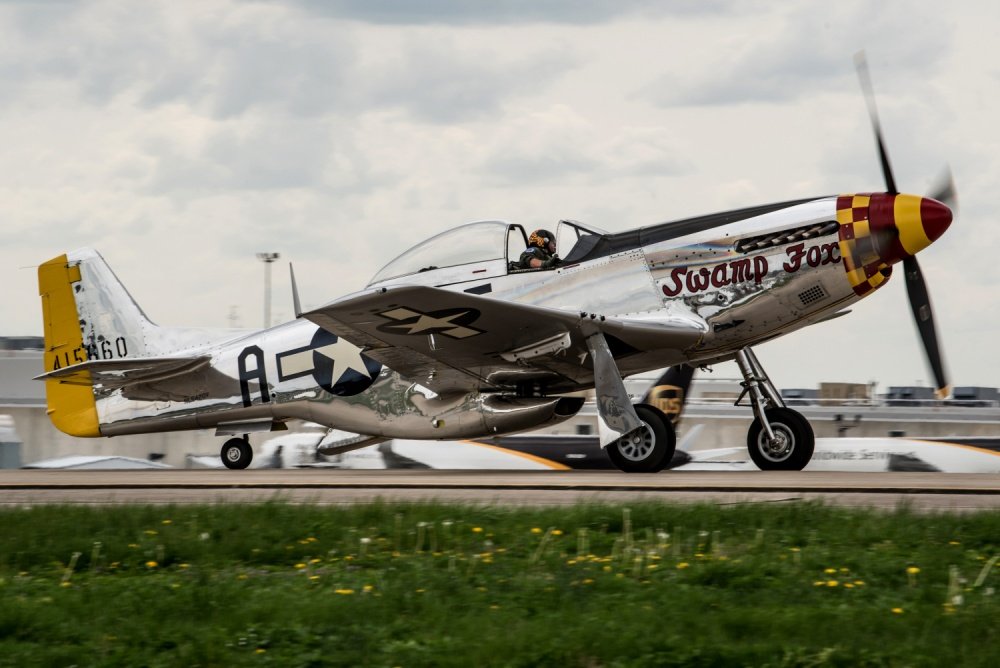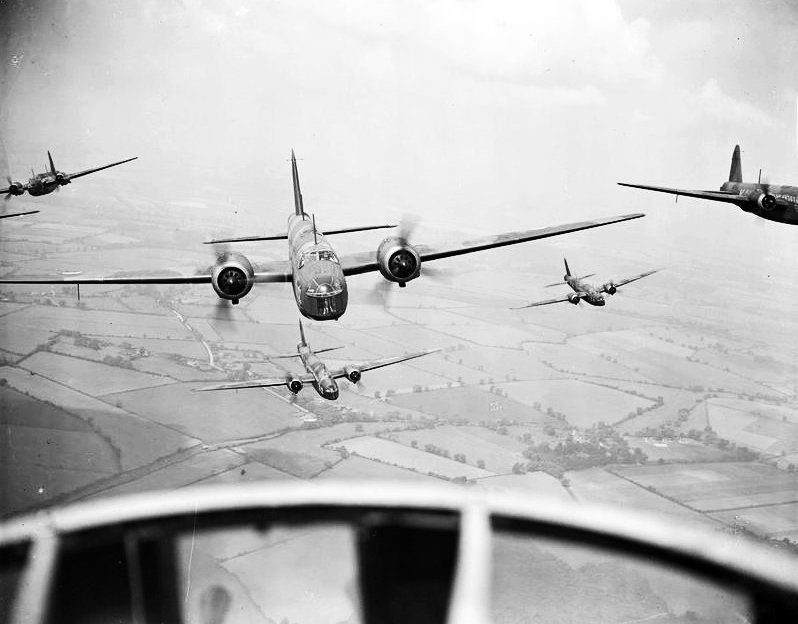There are multiple reports of the aerial combats between American and Soviet aircraft on May 8 and thereafter.
After Adolf Hitler died by suicide on April 30, 1945, the Third Reich stumbled along for another week under the leadership of Reichsprasident Karl Donitz, a former grand admiral of the Naval High Command.
From May 1, his first day in office, until the end of the war, according to Dan Sharp’s book Spitfires Over Berlin, Donitz did everything in his power to ensure that as many German servicemen as possible could surrender to the British and Americans while concurrently pursuing the war against the Soviet Union using whatever means were still at his disposal.
On May 4, he first gave Field Marshal Bernard Law Montgomery control of his forces in the Netherlands, Denmark, and northwestern Germany; the conditions included a total restriction on Luftwaffe flights. With Luftwaffe’s opposition ending, this effectively brought hostilities to a close for the RAF.
The only known exception was at around 6.30 am on May 5 when a patrol of three 130 Squadron Spitfire XIVs came across a Siebel Si 204 twin-engined transport/ trainer flying over the sea west of Hamburg. After it began evasive maneuvers, it was shot down and jointly claimed by Flight Lieutenant Dudley Guy Gibbins and Warrant Officer Vic J Seymour — the last British victory of the air war.
The only known exception occurred on May 5 at approximately 6.30 am, when a patrol consisting of three 130 Squadron Spitfire XIVs came across a Siebel Si 204 twin-engined transport/trainer over the sea west of Hamburg. After it began evasive maneuvers, it was shot down and jointly claimed by Flight Lieutenant Dudley Guy Gibbins and Warrant Officer Vic J Seymour. This was the final British victory of the air war.
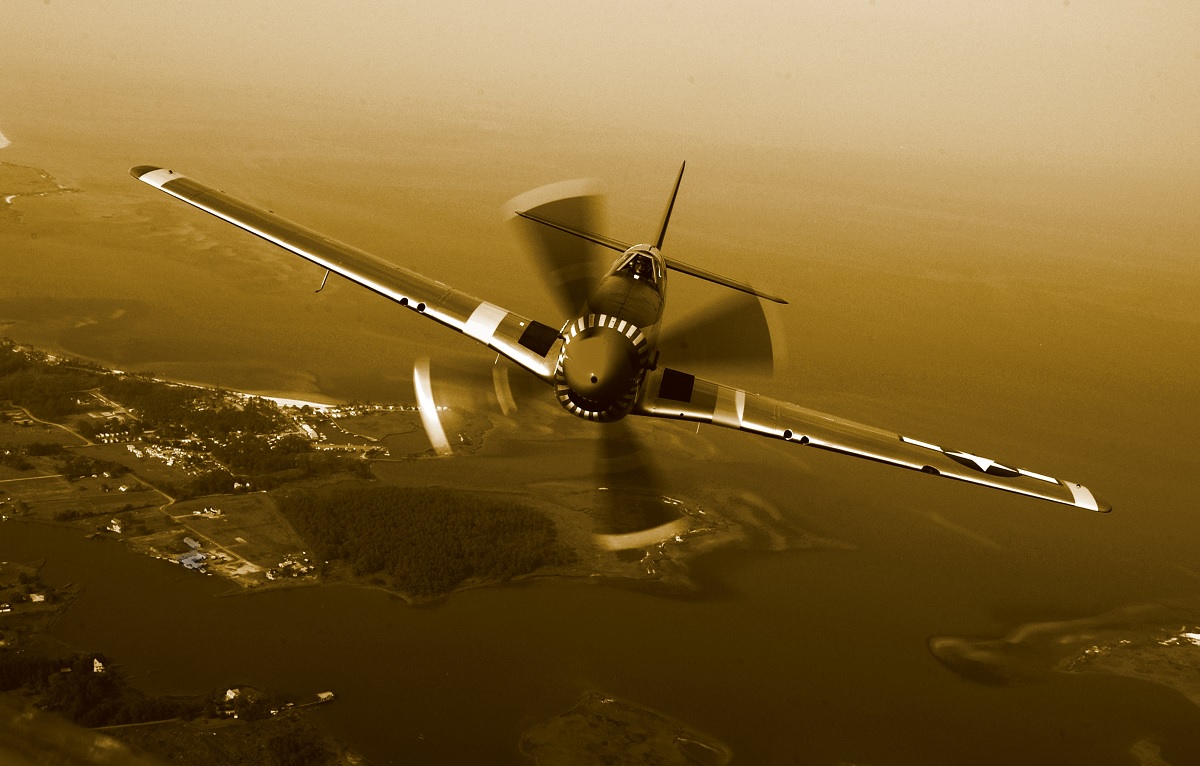
However, the fighting carried on elsewhere. On May 5, Admiral Hans-Georg von Friedeburg and US General Dwight D. Eisenhower met in Reims, France, to begin negotiations. On May 6, German Chief of Staff Generaloberst Alfred Jodl arrived. For as long as feasible, Donitz had advised him to defer submitting to a full surrender so that additional German forces could flee the Soviets.
With Donitz’s approval, he completed the task in less than 24 hours, signing the instrument of unconditional surrender at 2.30 am on May 7. “All forces under German control to cease offensive operations at 23.01 hours, Central European time, on May 8, 1945” was a critical phase in the instrument.
American airmen stationed in England began to prepare for two very distinct missions on May 8 in the west. The 306th Bomb Group’s 12 B-17s carried out Mission 986, the Eighth Air Force’s final operational mission over Europe during the war, which comprised dropping leaflets over significant targets.
At 7:45 am, 369th Bomb Squadron aircraft took off to fly over Dunkirk. After being surrounded and subsequently bypassed by the British during the drive into occupied Europe, the fortified town was still under German control. The leaflets informed the garrison that they had been told to surrender, and the following day, they did.
However, combat continued to take place on the other side of Europe. The highest-scoring fighter ace in history, Major Erich Hartmann, 23, of I./JG 52, took out with his wingman at eight in the morning in his Bf 109s to intercept Soviet aircraft over Brno. Later in age, on reflecting on the circumstances, he recalled: “My wingman and I saw eight Yaks below us. I shot one down and that was my last victory.
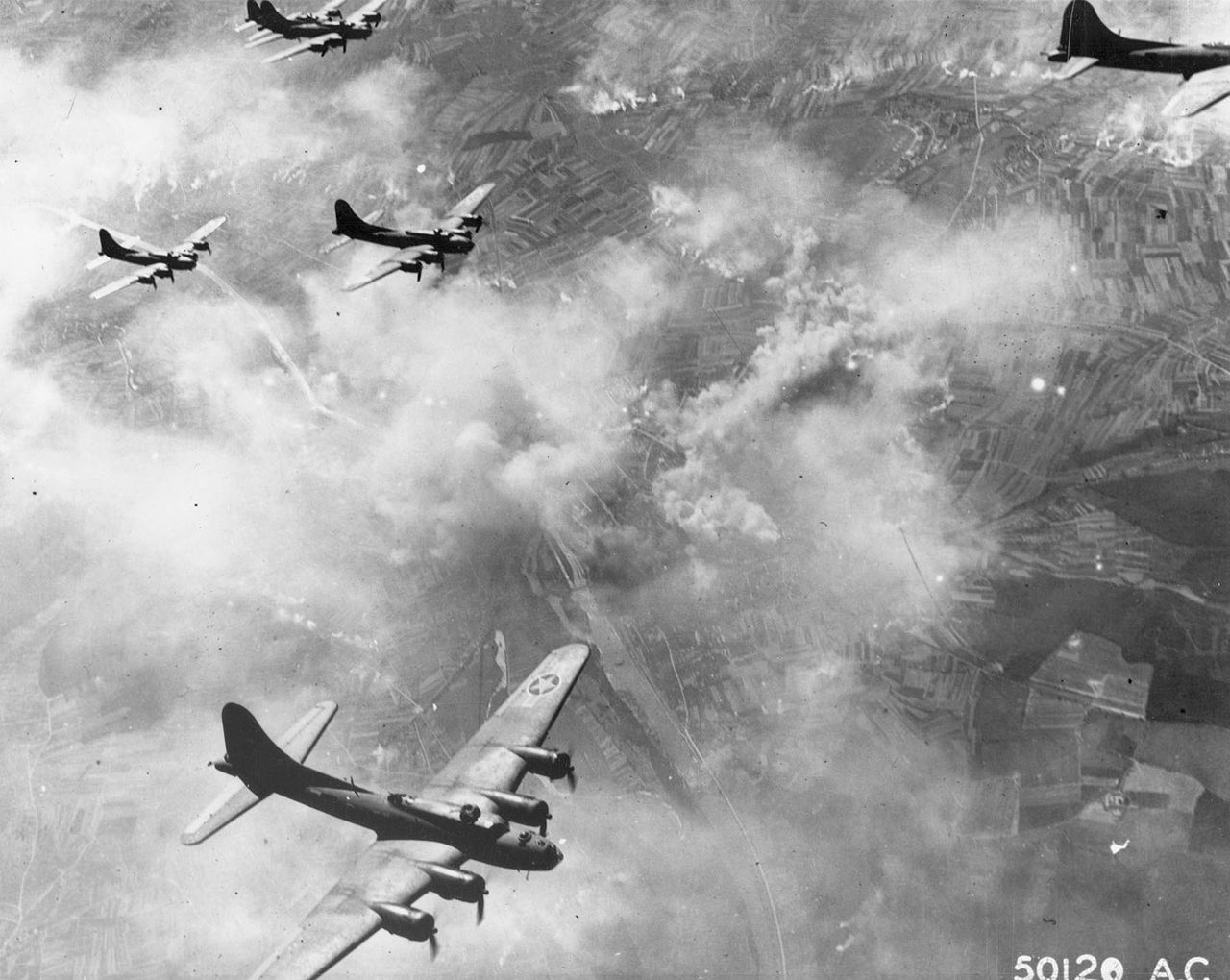
I decided not to attack the others once I saw that there were 12 Mustangs on the scene above me.
“My wingman and I headed for the deck where the smoke of the bombing could hide us. We pulled through the smoke and saw once again the two allies fighting each other above us. Incredible! Well, we landed at the field and were told that the war was over.”
With 25 remaining planes destroyed and all of their remaining munitions fired into the woods, Hartmann and his men finished the war with 352 victories—started looking for British or American forces to surrender to. Despite discovering Americans, he was nonetheless handed over to the Soviets.
A ground attack unit with a Fw 190 equipped, III./SG 77, was also stationed in Czechoslovakia. Bernhard Ellwanger, a pilot underoffizier, recalled: “On May 8 all aircraft, with the exception of four, were drained of fuel. Why my crate was one of those four, I don’t know to this day.
“Led by Hauptmann Gunther Ludigkeit, Kapitan of 7. Staffel, we took off in the direction of Prague. Our mission was to destroy the Prague radio station which was in the hands of Czech partisans. When we were at 4000m Prague came in sight.
“Then I saw something I couldn’t take my eyes off: hundreds of American fighters filled the sky like some gigantic flypast at an air show. The whole mass flashed silver in the sun. The sight almost made me miss our attack. Our Schwarm dived away to port with me following.
“With the target centered in my Revi, I released my bomb at 1500m. A direct hit. Then we got out of there, eastward back to base. So ended my last sortie on the very day of the capitulation and with it my last chance of landing in the American zone.”
On May 8, at 7:54 a.m., Leutnant Gerhard Thyben of JG 54 and his wingman Fritze Hangebrauck shot down a Pe-2 while fleeing from the Courland pocket in Fw 190s. However, Oberleutnant Fritz Stehle, Staffelkapitan of 2./JG 7, is thought to have achieved the final Luftwaffe victory of the Second World War over Czechoslovakia at 4 At 3:20 pm, he took off in a Me 262 A-1a W.Nr. 111690 “White 5” to intercept Soviet Yak-9 fighters, and he was successful in shooting down one of them.
He then flew ‘White 5’ to Fassberg, where it was captured by the British.
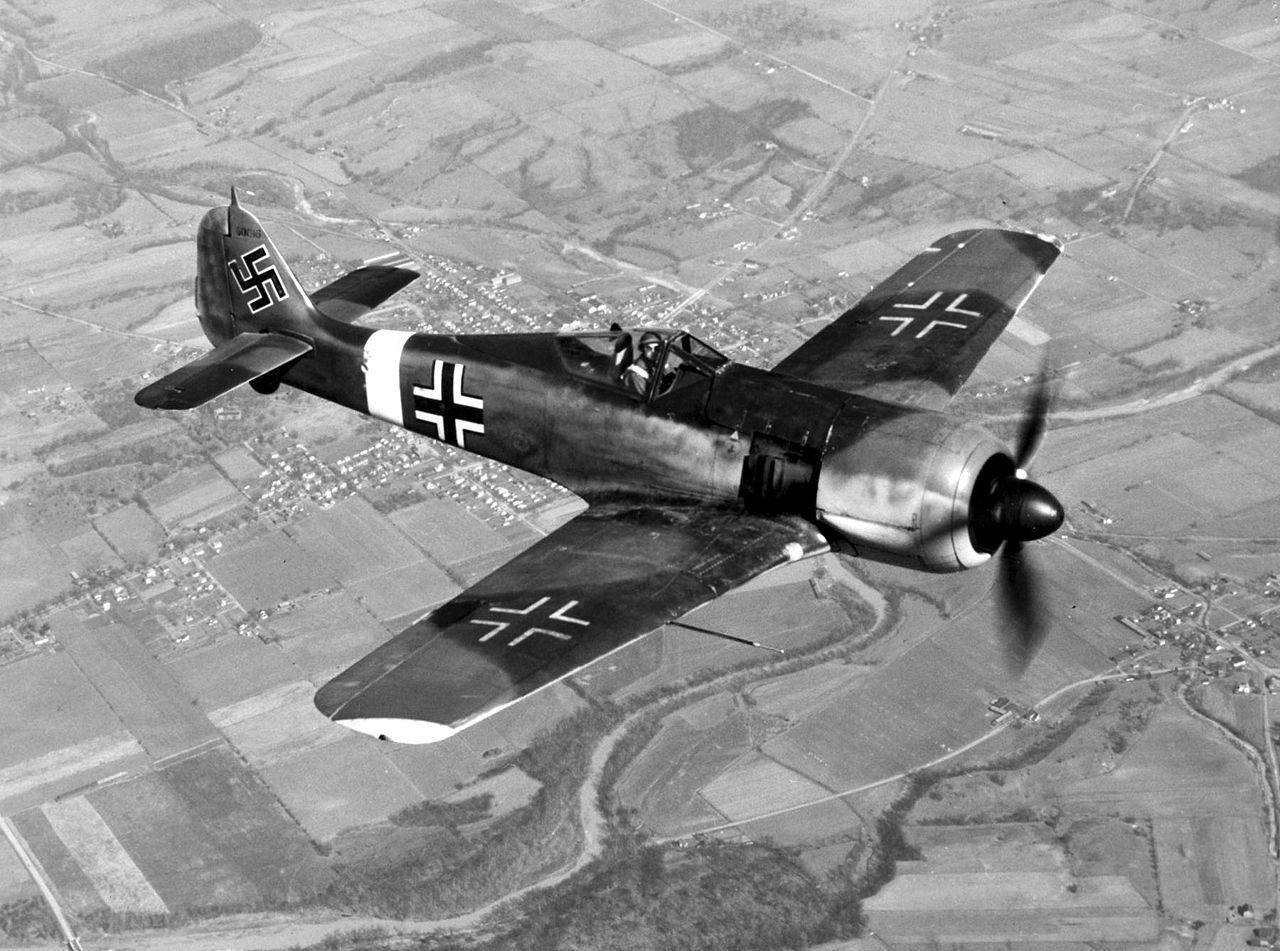
Another Siebel Si 204 was the last American triumph and likely the last Luftwaffe aircraft to be shot down throughout the conflict. Three miles southeast of Bad Rodach, Bavaria, at 8 p.m., or three hours before the formal end of hostilities, 2nd Lieutenant Kenneth L. Swift of the 429th Fighter Squadron, 474th Fighter Group, USAAF Ninth Air Force encountered the German aircraft while flying his Lockheed P-38 Lightning “Beauty Juny.”
He fired warning shots, which were enough to prompt its pilot to crash land it. While most other USAAF units were stood down by this point, the 474th continued to provide tactical air support for the US First Army until May 9 from its air base, R-2 at Bad Langensalza. It was the only group in Northern Europe flying the P-38 by the end of the war.
His warning shots were enough to cause the plane’s pilot to crash land. The majority of other USAAF units had stood down by this point, but the 474th continued to support the US First Army with tactical air support from its air base, R-2 at Bad Langensalza, until May 9. By the conclusion of the war, it was the only group in Northern Europe flying the P-38.
Swift’s victory over the Siebel was his first and only one of the conflict, however he later added another “kill” when piloting North American F-86 Sabres in the Korean War. He was given the rank of major and afterwards joined the German Air Force as an instructor.
On May 8, 1945, nine German aircraft were estimated to have been shot down in total. Unknown numbers of Allied aircraft were shot down by Luftwaffe machines.

On May 8, the final RAF pilot to perish before the war’s formal end was killed. Flight Lieutenant Donald James Hunter, 22, of Upminster, Essex, was killed when his Spitfire, LF XVI, TB383 3W-A, experienced engine trouble during a victory flypast close to the unit’s base at Varrelbusch, Germany, and he attempted an unsuccessful emergency landing. Hunter was a member of the 322 (Dutch) Squadron.
And finally, there are multiple reports of aerial battle between American and Soviet planes on May 8 and thereafter. In one instance, Second Lieutenant Lazuta of the Soviet 106th Guards Fighter Air Regiment, based at what had been Focke-Wulf’s Cottbus factory airfield, attacked Captain Malcolm L. Nash of the 39th Photographic Reconnaissance Squadron, 10th Photographic Group, Ninth Air Force on May 8 while he was flying an unarmed F-5E Lightning on a PoW camp pinpointing mission near Dresden. Nash escaped the crash of the Lightning, which Lazuta mortally damaged, roughly 40 miles west of Dresden.
On the same day, two Soviet P-39s from the 100th Guards Fighter Air Regiment attacked two F-5s flown by First Lieutenant Thomas P. Petrus and Second Lieutenant Thomas Jackson near Prague. For his thirteenth and last “kill” of the war, Major Pschenitchnikov shot down Petrus, who managed to parachut to safety while suffering from serious burns. He identified the aircraft as a Focke-Wulf Fw 189.
Avro Anson Mk. XI PH539 of the Desert A Force Communication Flight was attacked by three Soviet Yaks on May 11 while flying off course close to Graz, Austria. It crashed into some trees after making a forced landing in a field.
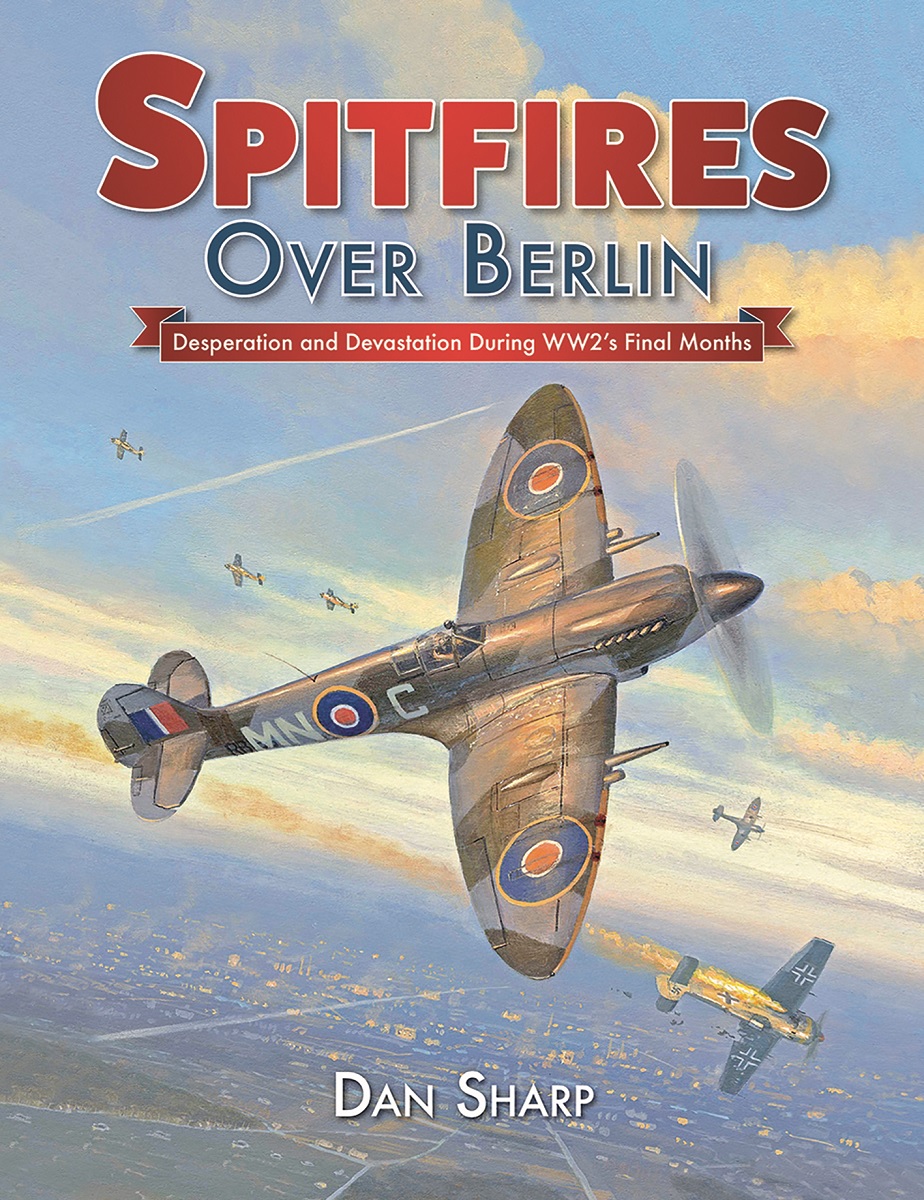
Spitfires Over Berlin is published by Mortons Books and is available to order here along with many other beautiful aviation books.
Photo by U.S. Air Force Wikimedia Commons via Military History Now




